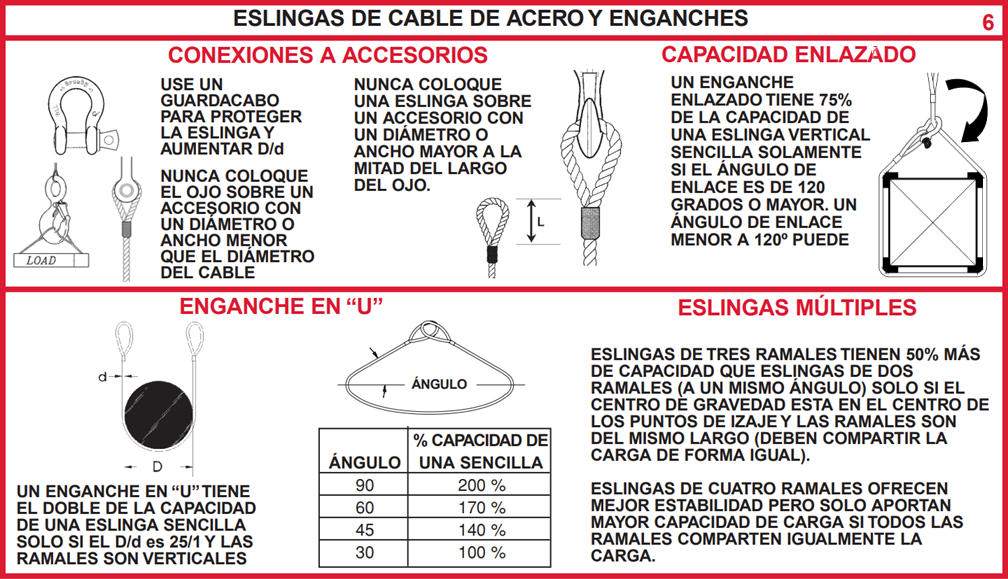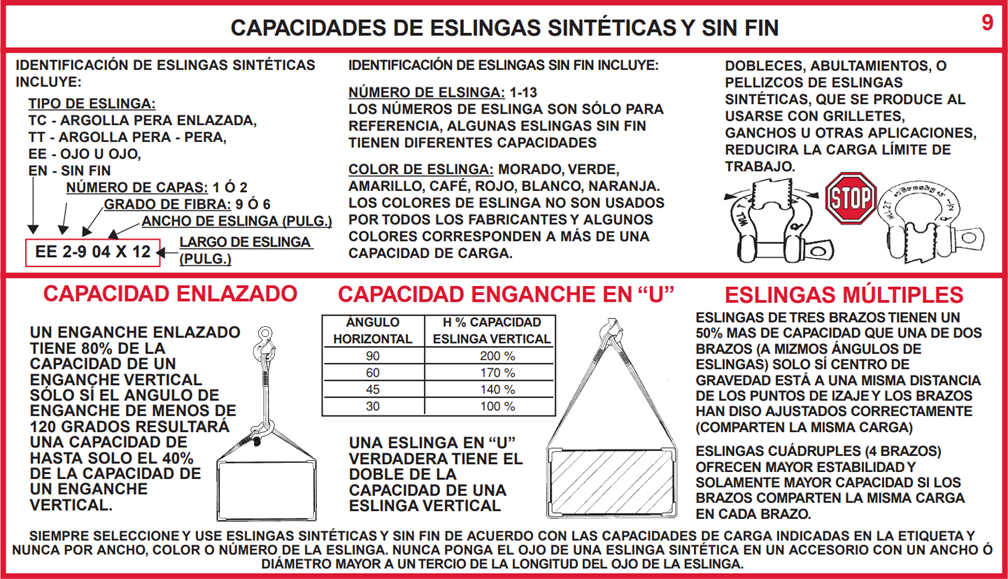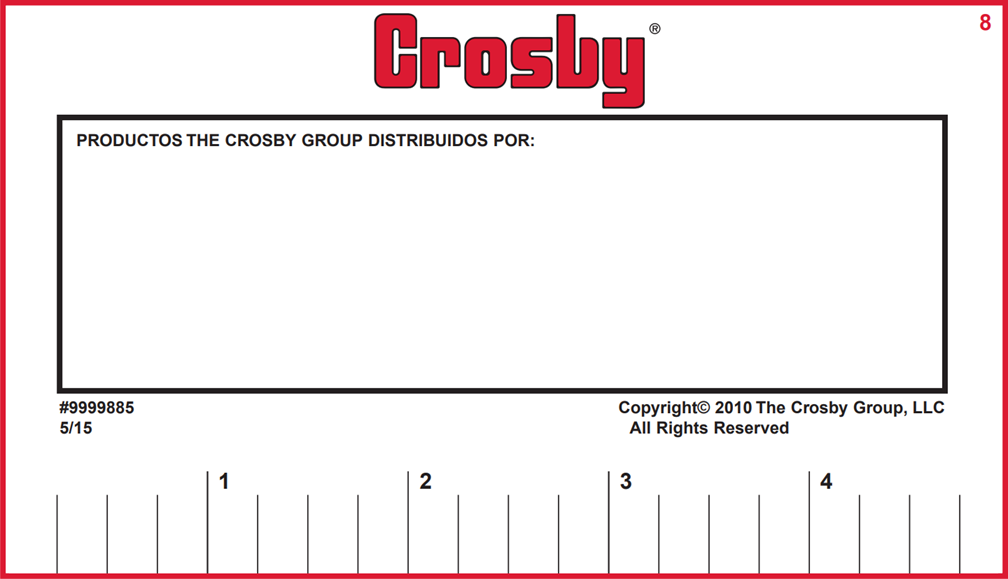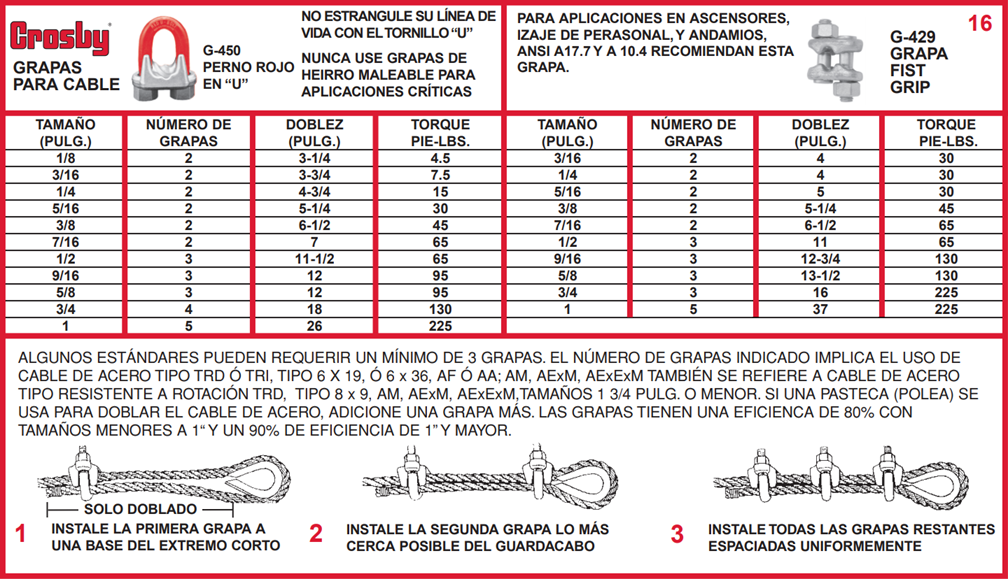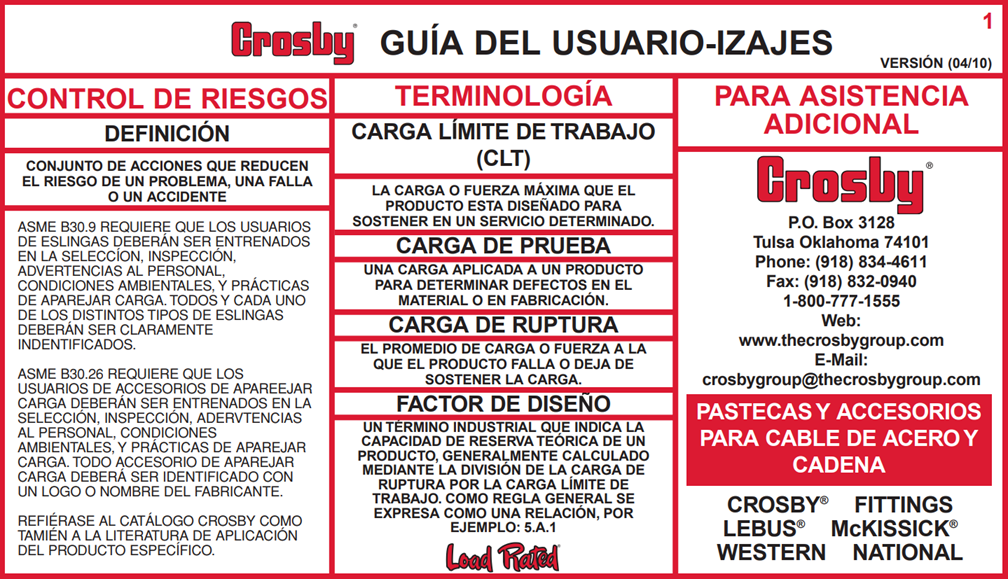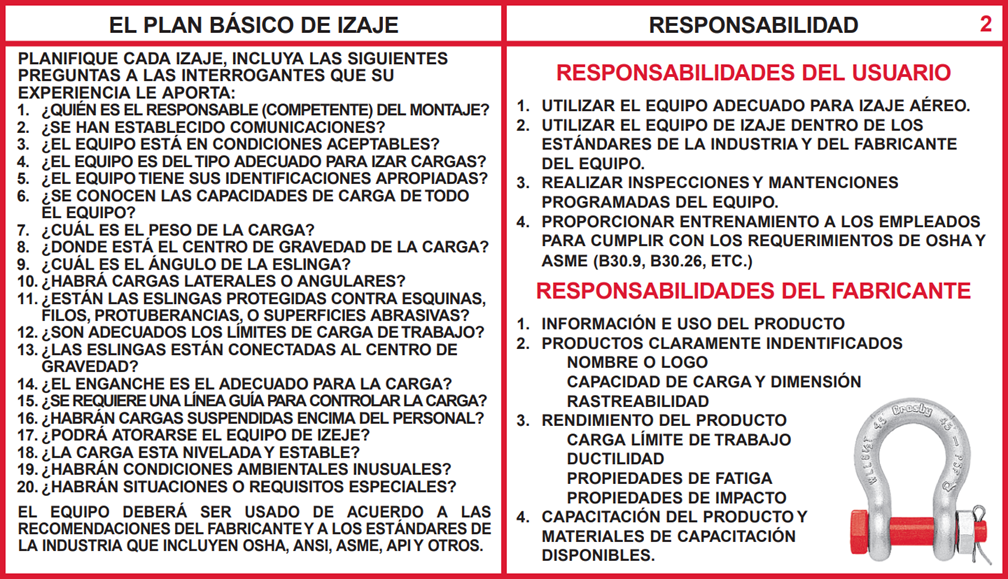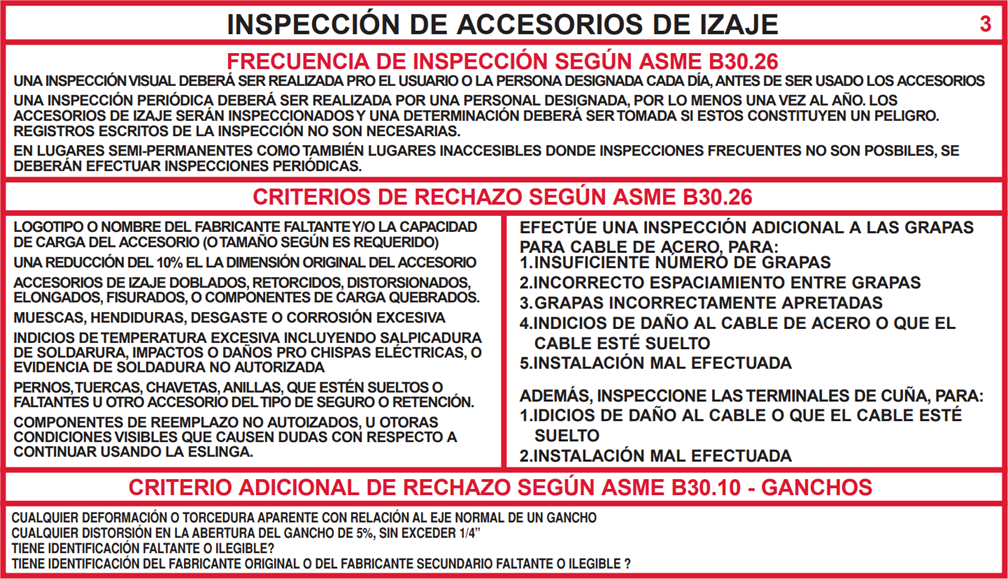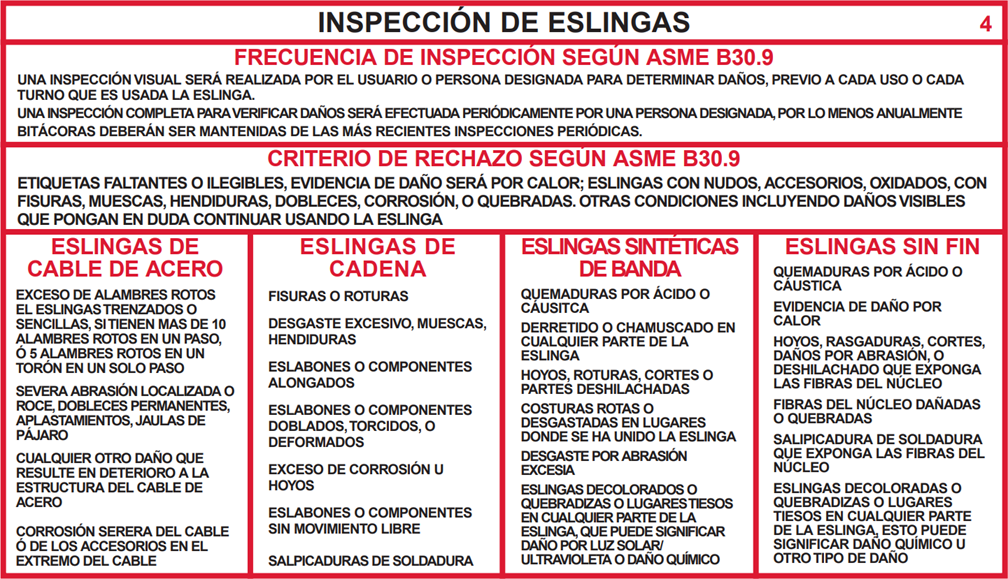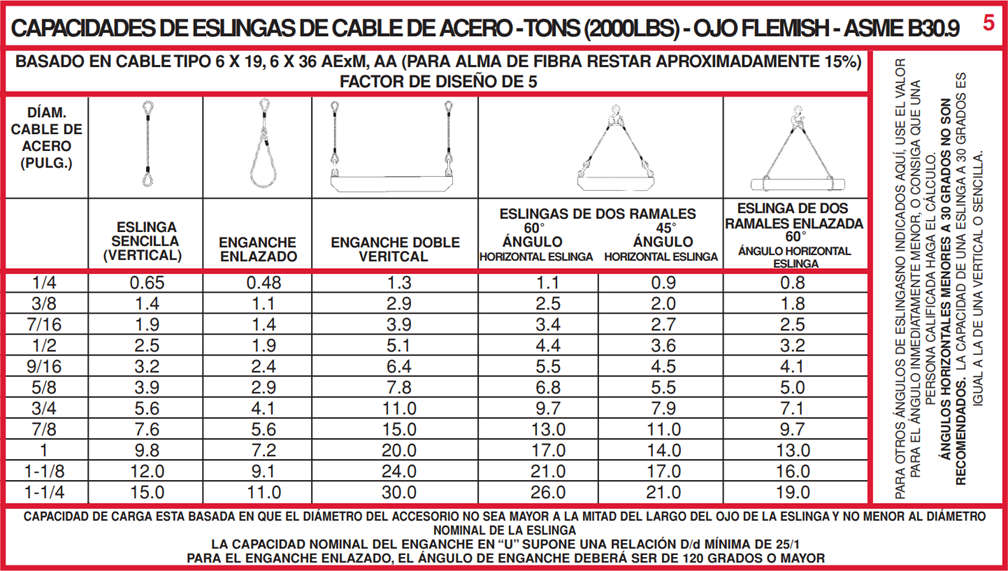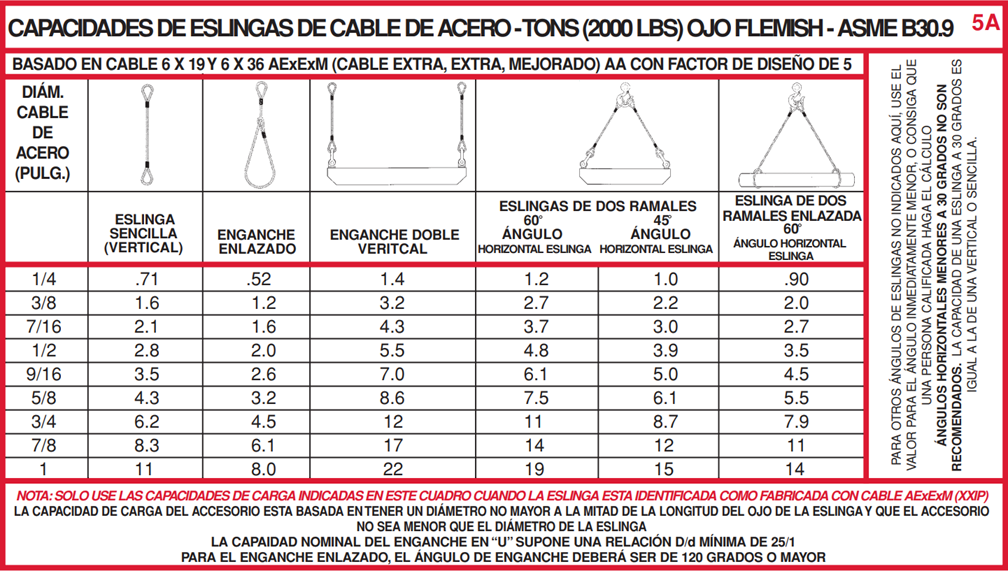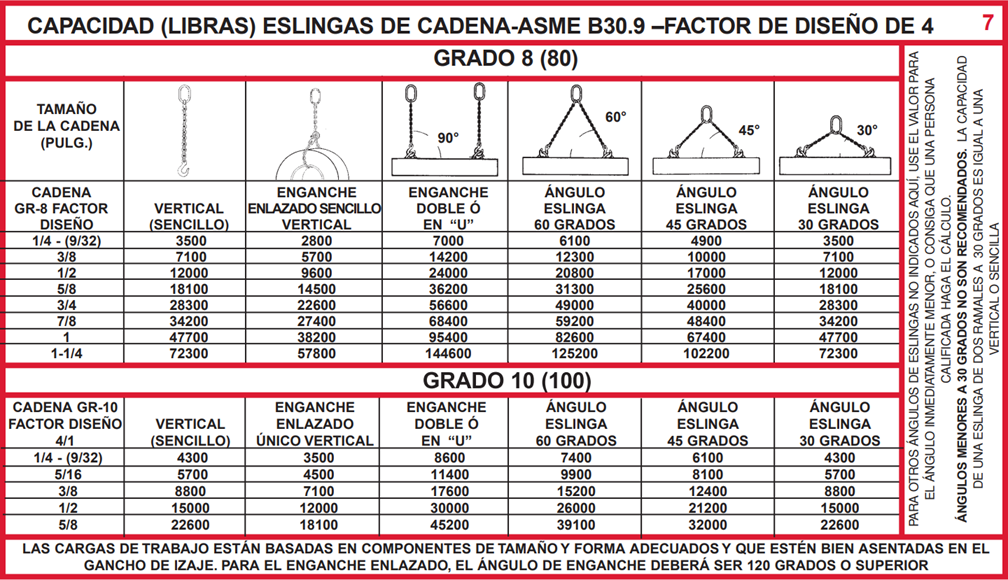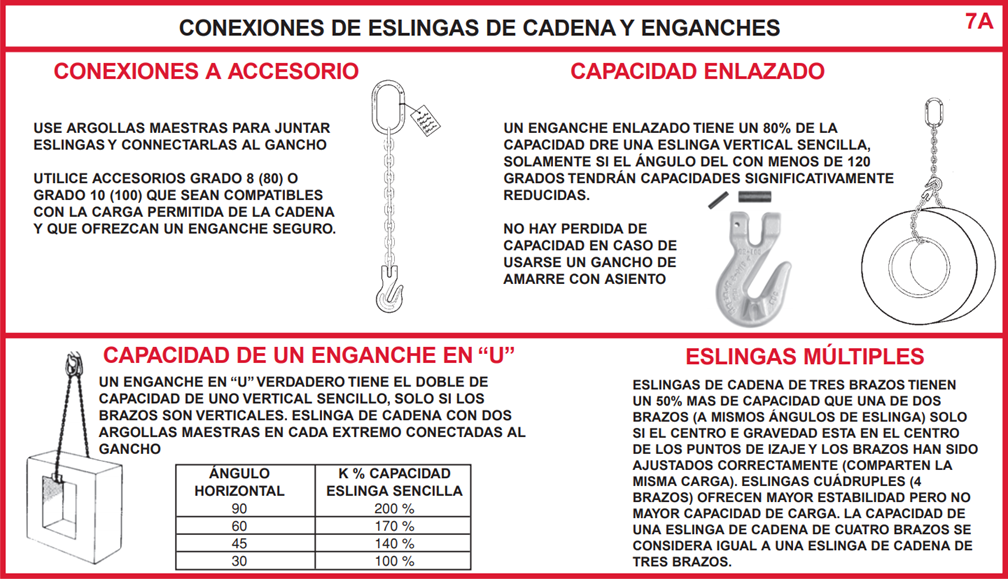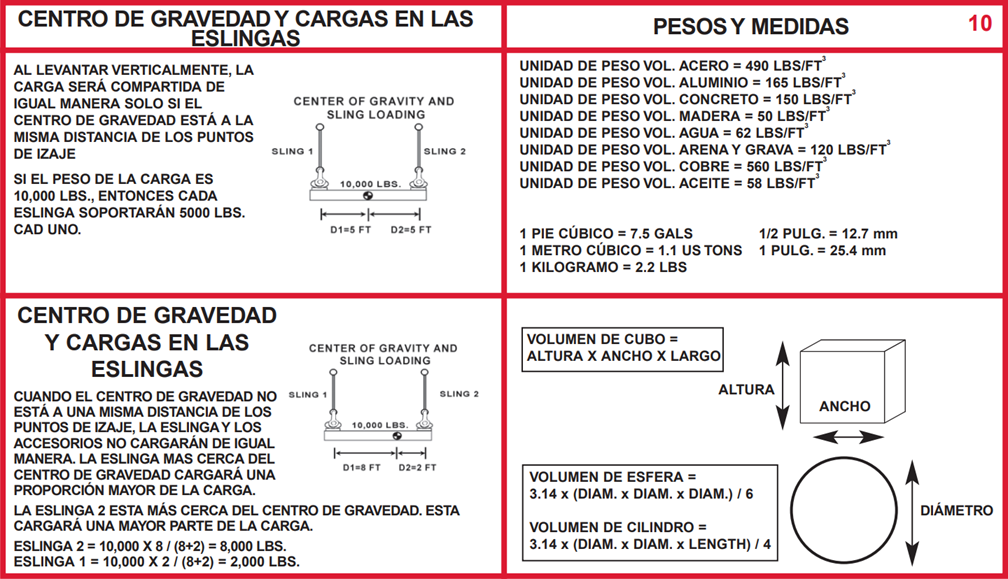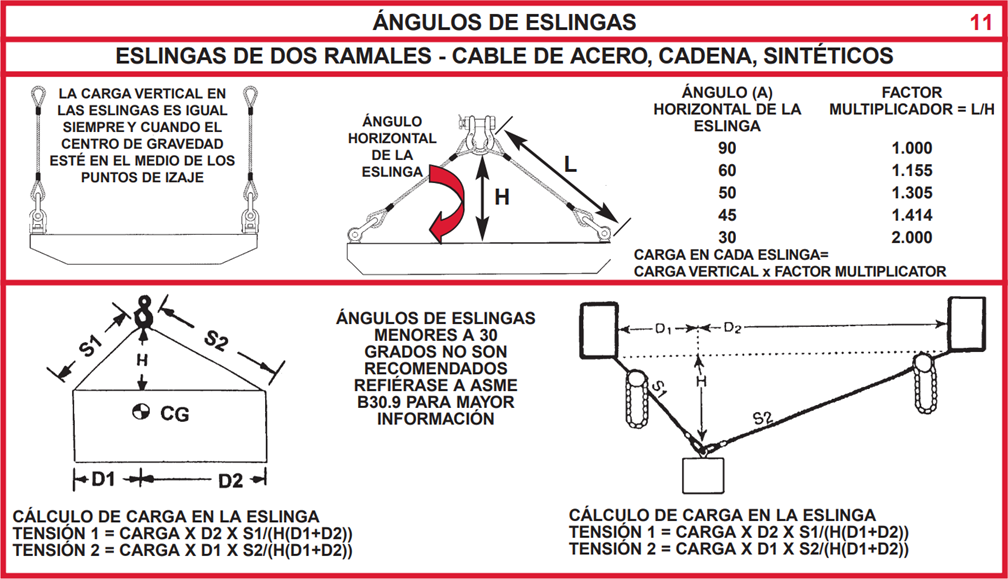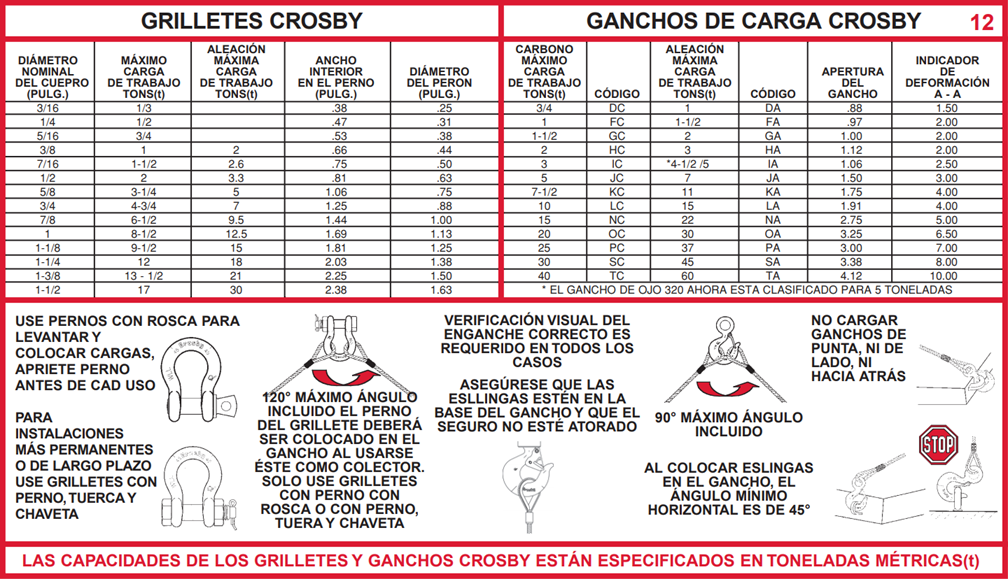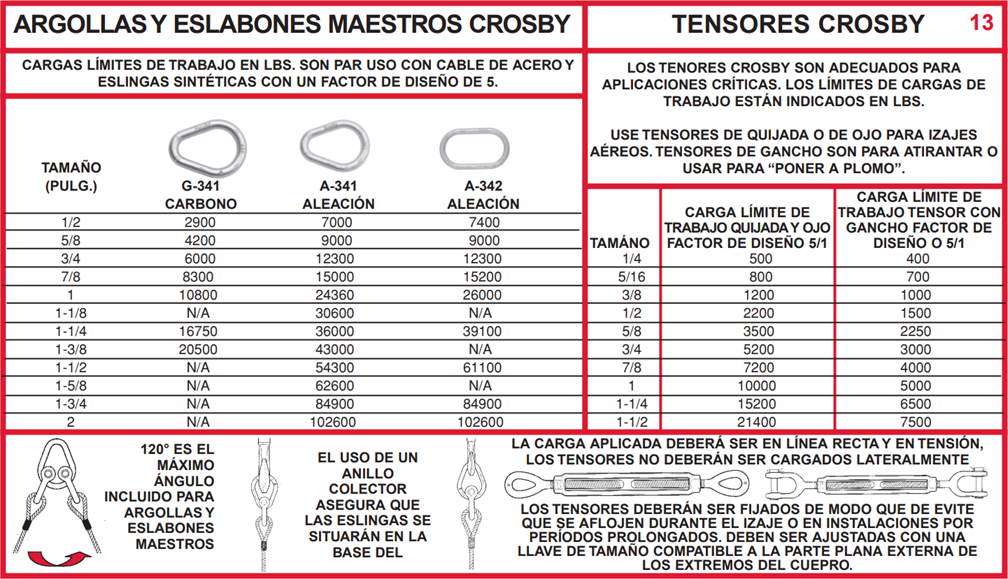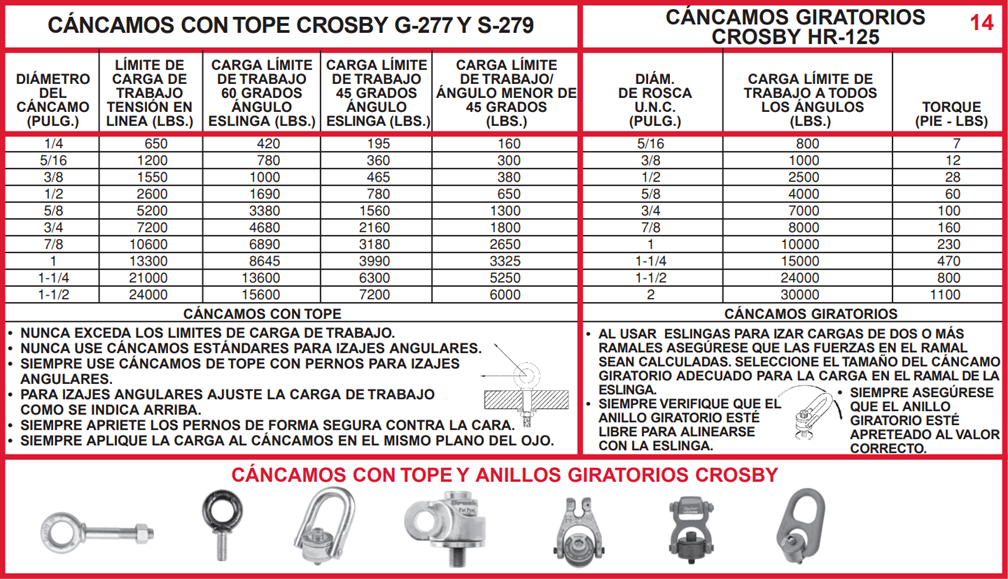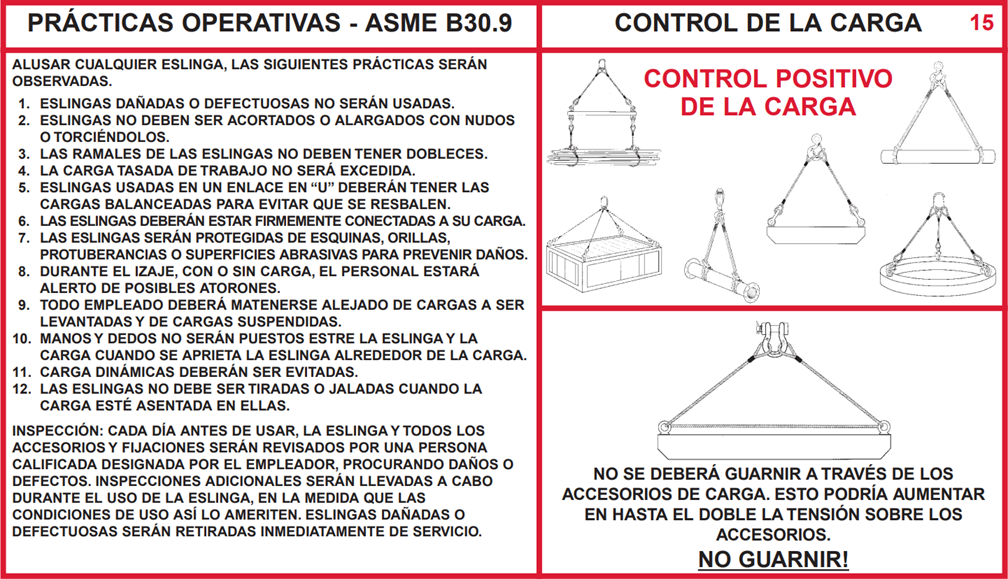Wire Rope Slings
Quality Industry Products from The Crosby Group
The Crosby Group has a reputation for reliability and exceptional quality control as one of the leading manufacturers for lifting and rigging hardware. We are an established provider of slings, rigging, and a wide variety of both commercial and industrial applications. We stock a wide range of wire rope slings and connections in a variety of different sizes and styles. We can also fabricate a sling to meet your project’s specific requirements.
Wire rope is often used in slings because of its strength, durability, abrasion resistance and ability to conform to the shape of the loads. In addition, wire rope slings can lift materials with increased temperatures. The use of wire rope slings is one of the most important pieces of rigging hardware used in lifting and hoisting operations within the manufacturing industry. These slings connect the load to the lifting device and are available in a wide range of applications. When selecting a wire rope sling that gives the best service, consider four characteristics: strength, ability to bend without distortion, ability to withstand abrasive wear, ability to withstand abuse.
Modification
Never weld, heat, bend or modify hardware in any way or form. Changing the structure of a Crosby product can alter load rating limits and functionality.
Proper Functionality
Make sure you check:
- Latches
- Swivel
- Bearings
- Locking devices and,
- Installation of wire rope clips and,
- Wedge sockets.
Any improper installation of hardware is cause for removal.
Inspection of Wire Rope Slings and Hardware
Remove from service if any of the following occur:
- Deformation: If there is any deformation or hardware defect, remove from service.
- Wear: If excessive wear exists, remove from service. Wear is excessive if throat, eye of hook and other critical areas of hardware have more than 5% wear.
- Cracks, Nicks, Gouges: Remove from service if cracks, nicks, or gouges are detected.
All slings and attachments need to be inspected by the user handling the sling every day they are in use. A routine inspection needs to be performed at least once every 6 months (or per legal requirements), along with a record of the inspection.
We recommend having a highly-qualified person specific for the proper inspection of slings and all attachments. A verification of zero defects should come first before using the slings for the day. This person should have routine inspections where service conditions warrant and are determined by:
- How often the sling is used
- Service conditions
- Types of lifts being made by the sling
This inspection should include the checking of:
- Broken wires
- Severe abrasion or scraping
- Kinking, crushing, or any other damage to the rope structure
- Heat damage
- Deformed or worn end attachments
- Corrosion of the rope, fittings, or end attachments
- Illegible sling identifications
Refer to the applicable standards such as ISO 4309 with specific discard criteria and guidance regarding the number of broken wires. Conduct inspections of wire rope slings at least every 12 months.
Distortion of Wire Rope
Any wire rope slings that have damage and have resulted in distortion of the structure including Kinking, Crushing, Unstranding, Bird Caging, Strand Displacement, or Core Protrusion, must be removed from service.
If there is evidence of defect or deterioration, remove the sling from service immediately. Do not use worn or damaged slings or attachments. Discard or repair them.
In addition, only use damaged slings after they have been repaired, reconditioned, and proof tested by the manufacturer or on-site inspector.
For more information on all the different industries that Crosby Group serves, please click here.







